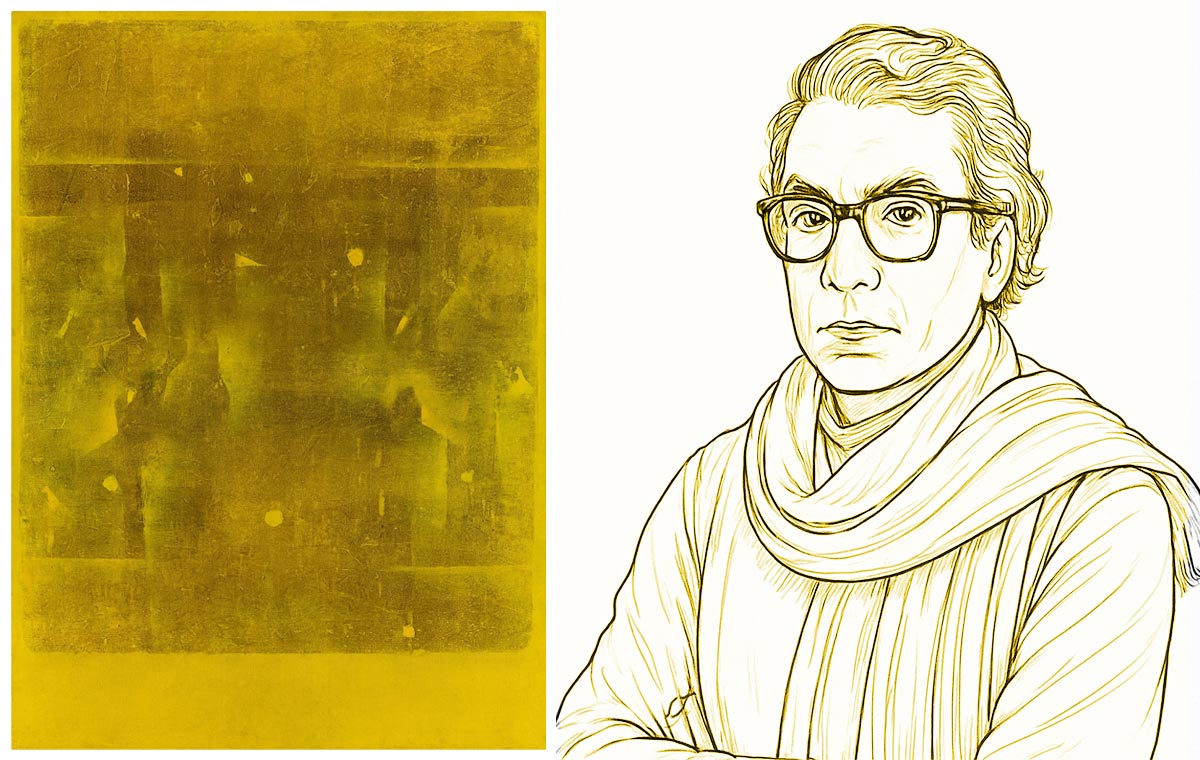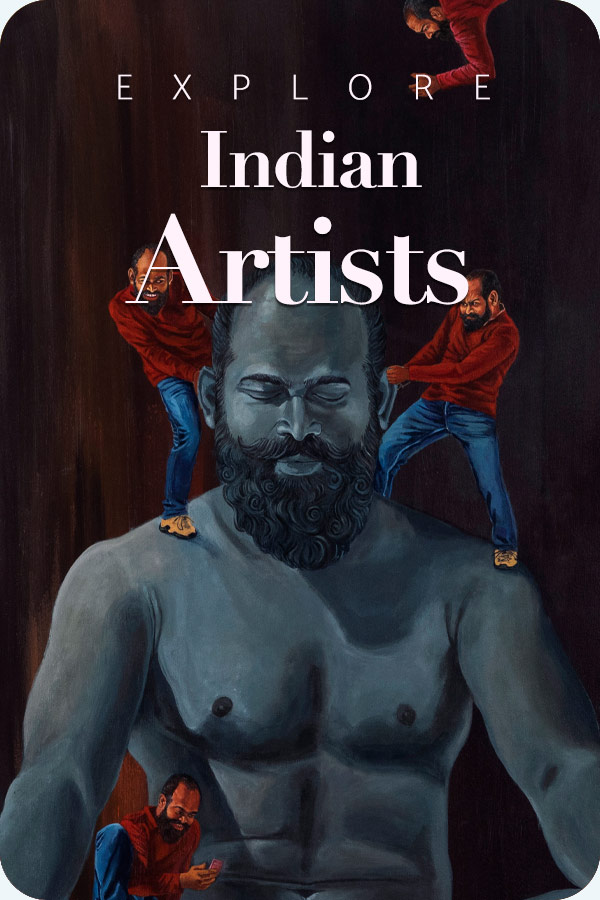
The art world can be loud, but this week, it was the incredible silence of one man’s work that was heard. V.S. Gaitonde, the iconic modernist who worked very hard to live outside of the spotlight, has just become India’s second-most expensive artist after one of his untitled luminous yellow ochre canvases sold for ₹67.08 crore ($7.6 million) at Saffronart’s 25th-anniversary sale.
The sale represents more than a price tag; it sets him firmly along this philosophical journey in the smallest sense. During Gaitonde’s life, his magnificent abstractions, often worked on for months and incinerated if he did not feel it was worthy enough, were mostly overshadowed by a groundswell of demand for decorative figurative art. Decades later, the art market has finally arrived at a deeper understanding of his silence.
Suggested Story: Exploring the Most Expensive Paintings in India
A New Record: The Hammer Falls
The sale, amounting to Rs 67.08 crore, reiterates the significance of Indian art. This 1970 oil-on-canvas exceeded its presale estimates to indicate that collectors now value the conceptual over narrative. The only Indian artwork to reach a higher value was M.F. Husain’s narrative work, Gram Yatra, which previously sold for more than Rs 100 crore.
Gaitonde was not the only focus of the auction. The overall auction, which achieved Rs 355.8 crore ($40.2 million), indicated the enduring strength and maturity of the South Asian art market with Dinesh Vazirani, Saffronart’s CEO, stating that wealthy Indians are now realizing “generational value,” and feeling the “social pressure” to own world-class art.
Who was the man behind the painting?
The Man Who Embraced Solitude
Beginning in a modest trio of rooms in Nagpur in 1924, V.S. Gaitonde found purpose in life to the far end of his father’s hall, who was not supportive of his choice. Gaitonde enrolled at the J.J. School of Art, and in due course, he first achieved national recognition with a Padma Shri in 1971. He was also a member of the Progressive Artists Group, yet he tended to keep to himself.
Gaitonde rejected the common figurative topics and themes of his contemporaries. In this way, he was different as he embraced minimalism, as well as monochrome philosophy, but strongly held beliefs in the influence of Zen Buddhism and Eastern faith traditions. To his friend, Krishen Khanna, Gaitonde’s withdrawal from much talk and conversation was dictated by a consideration of the merits of conversation, or from his need for discipline. To him, he was simply “careful about who he should make conversation with,” found productivity, music, an avid reader or just enjoyed silence while creating.
Ultimately, no matter how constructed, Gaitonde’s lifelong commitment to his inward focus is what gives potency to his work today. He believed, almost an insanity, that as he created his art was not intentional or thought as he created; his product was resulting from the daily totality of life experience – Duh – as well a “miracle.”
Meaning of the Canvas
Gaitonde was a genius in that he could find a way to express the inexpressible. For him painting was about an internal, controlled, and disciplined approach, rather than a frenzied action. The product is not a picture of a scene, but a picture of space, an opening into profound silence. This embodied experience is the real magic, and it is what collectors are competing for today.
The Market’s Next Story
The sale of Gaitonde’s work signals that the Indian art market isn’t looking backward anymore. While the modernists captured the headlines by setting records, the auction also underscored the increasing interest in contemporary voices. Nalini Malani’s feminist and political work, Nursery Tales, achieved an incredible Rs 3.6 crore and proved that younger collectors resonate with socially literate narratives and the emotional appeal of their origins. The sale of the ₹67 crore canvas demonstrates that the depth and discipline of a master’s silence can surpass any market level of noise. It is a sign that a new era of recognition is underway, one in which philosophical depth signifies ultimate generational value.







